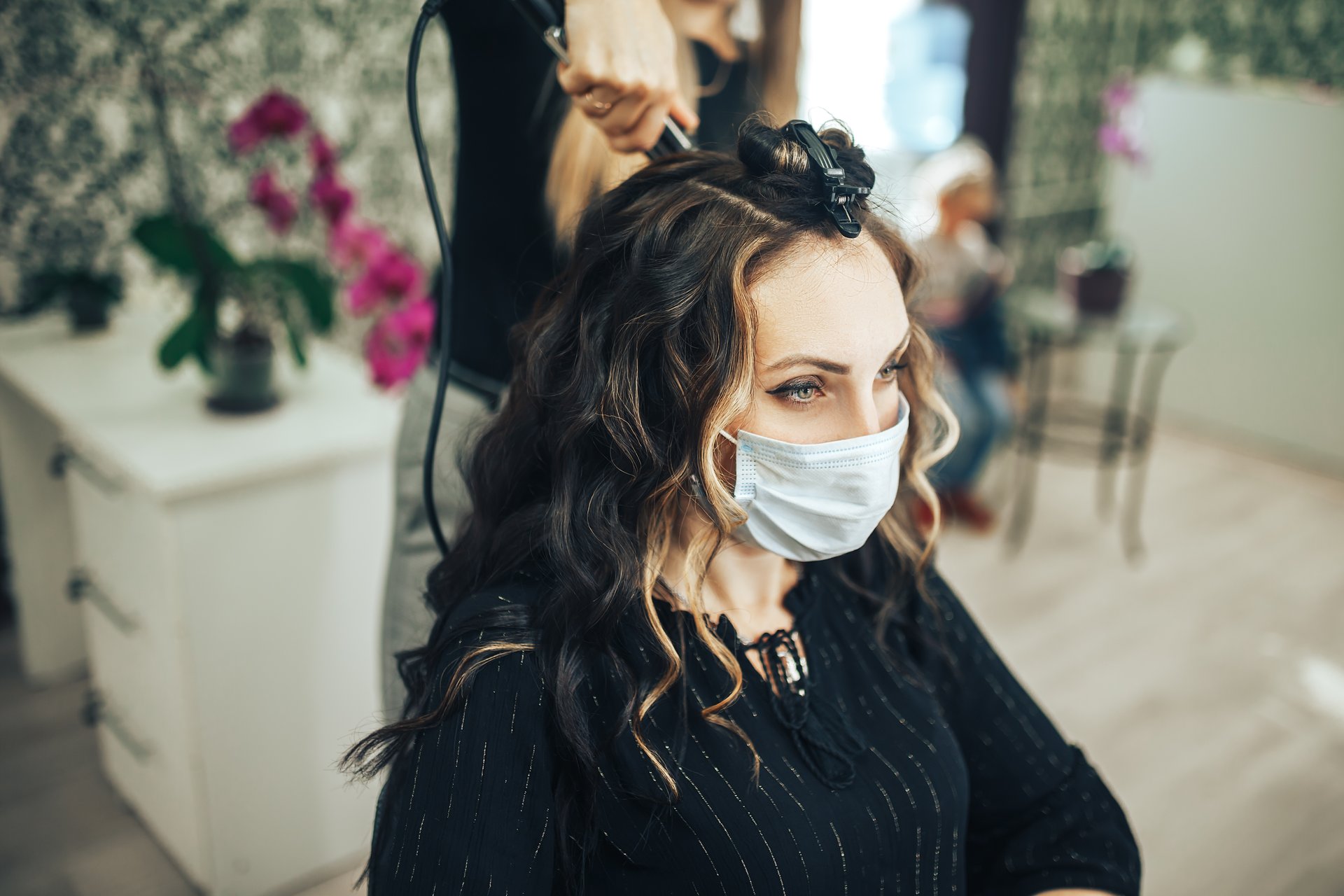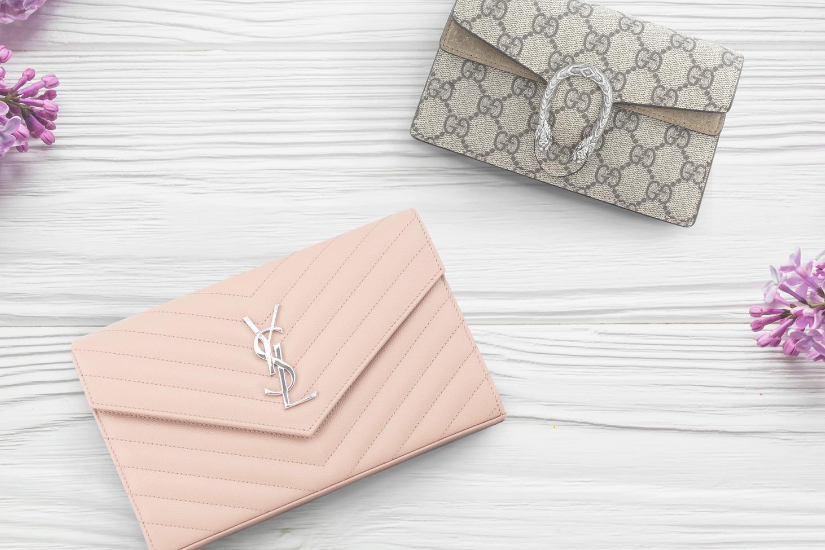The COVID-19 pandemic and rise in work-from-home arrangements reshaped beauty and hair trends in Australia, as people began to prioritise simplicity, self-care, and low-maintenance routines. With fewer in-person interactions, many Australians opted for natural looks and embraced at-home beauty practices. Here’s how the pandemic and remote work affected beauty and hair trends in Australia:
1. Embrace of Natural Beauty and Minimal Makeup
- “No-Makeup” Makeup Look: With reduced in-person meetings and more Zoom calls, the emphasis shifted to natural, minimal makeup looks. Australians leaned towards products that enhance natural features, like tinted moisturizers, brow gels, and lightweight concealers, embracing a “your skin but better” approach.
- Focus on Skincare Over Makeup: With more time at home, many Australians invested in skincare rather than makeup. Products like serums, moisturizers, and sunscreens became essentials, aiming to improve skin health and achieve a natural glow without heavy makeup.
- Rise of Skinimalism: “Skinimalism”—a trend focusing on simplified skincare and makeup routines—became popular, with people favoring multipurpose products, such as tinted SPF or hybrid moisturizers with skincare benefits, for a more pared-down beauty routine.
2. Increase in At-Home Hair Care and DIY Treatments
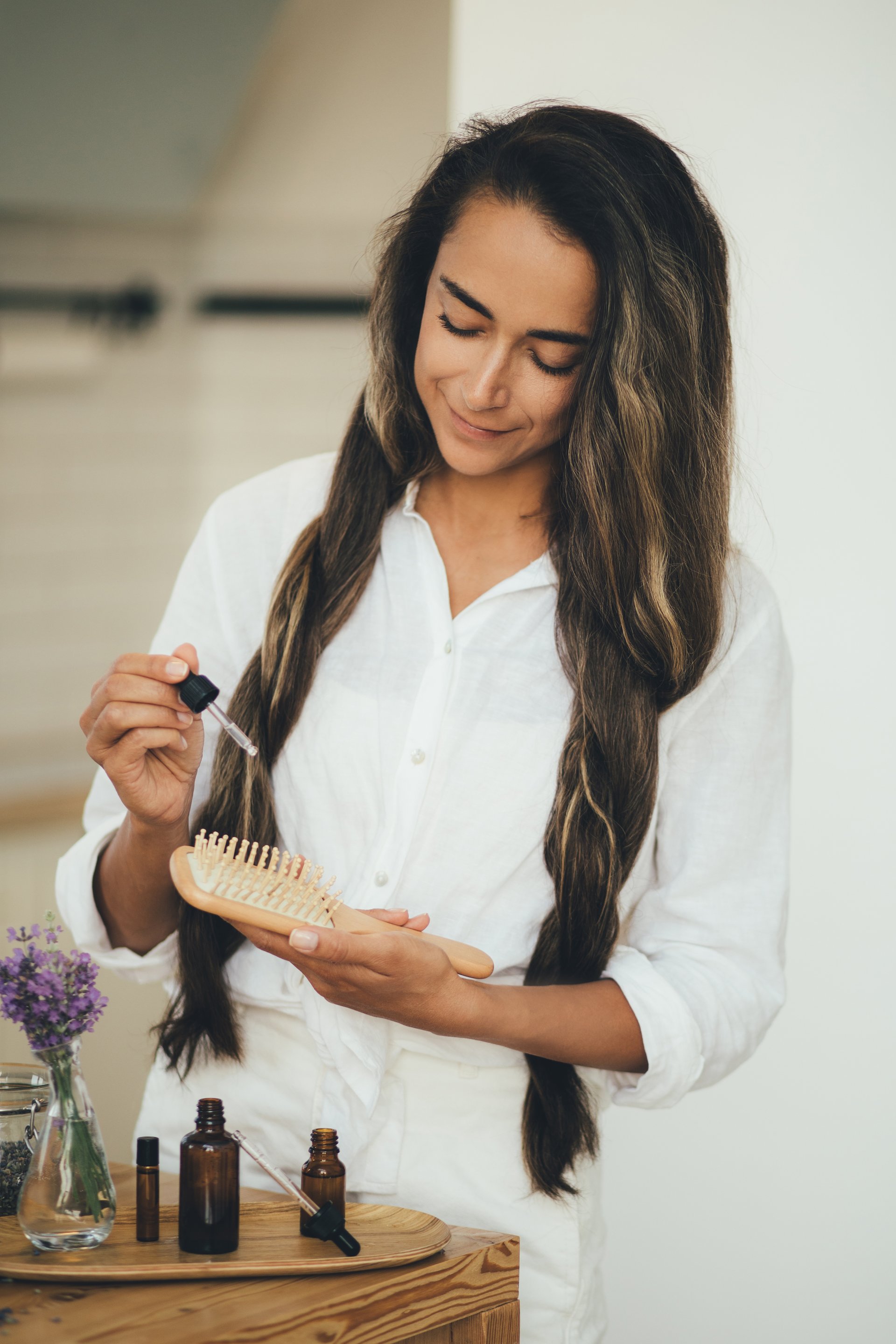
- Natural Hair Colors and Low-Maintenance Styles: Without regular access to salons, Australians gravitated towards more natural, low-maintenance hair colors and cuts. Many let their hair return to its natural color, opting for styles that could grow out gracefully, such as soft balayage or natural highlights.
- At-Home Hair Color Kits and Root Touch-Ups: Hair color kits and root touch-up products surged in popularity as people managed their color between salon visits. Temporary color sprays and root concealers became quick solutions for covering grays or refreshing color.
- DIY Hair Treatments: People turned to at-home treatments like hair masks, scalp scrubs, and oil treatments to maintain hair health. Coconut oil, argan oil, and DIY hair masks were commonly used to restore shine and moisture, as Australians focused on keeping hair healthy without salon services.
3. Rise of Low-Maintenance Haircuts
- Easy-to-Maintain Cuts: Australians increasingly opted for haircuts that require minimal styling, such as long layers, soft waves, and blunt bobs. Styles that air-dry well became popular, reducing the need for daily heat styling and creating a more relaxed, effortless look.
- Short, Chic Cuts: Some embraced bold changes, opting for shorter, low-maintenance cuts like the pixie or a short bob. These cuts not only reduced styling time but also allowed for a fresh, new look without regular trims.
- Curtain Bangs and Face-Framing Layers: Curtain bangs became a popular trend, as they added shape and movement to hair without frequent upkeep. Face-framing layers provided a flattering, relaxed look that worked well for virtual meetings and required minimal styling.
4. Focus on DIY Beauty Treatments and Self-Care
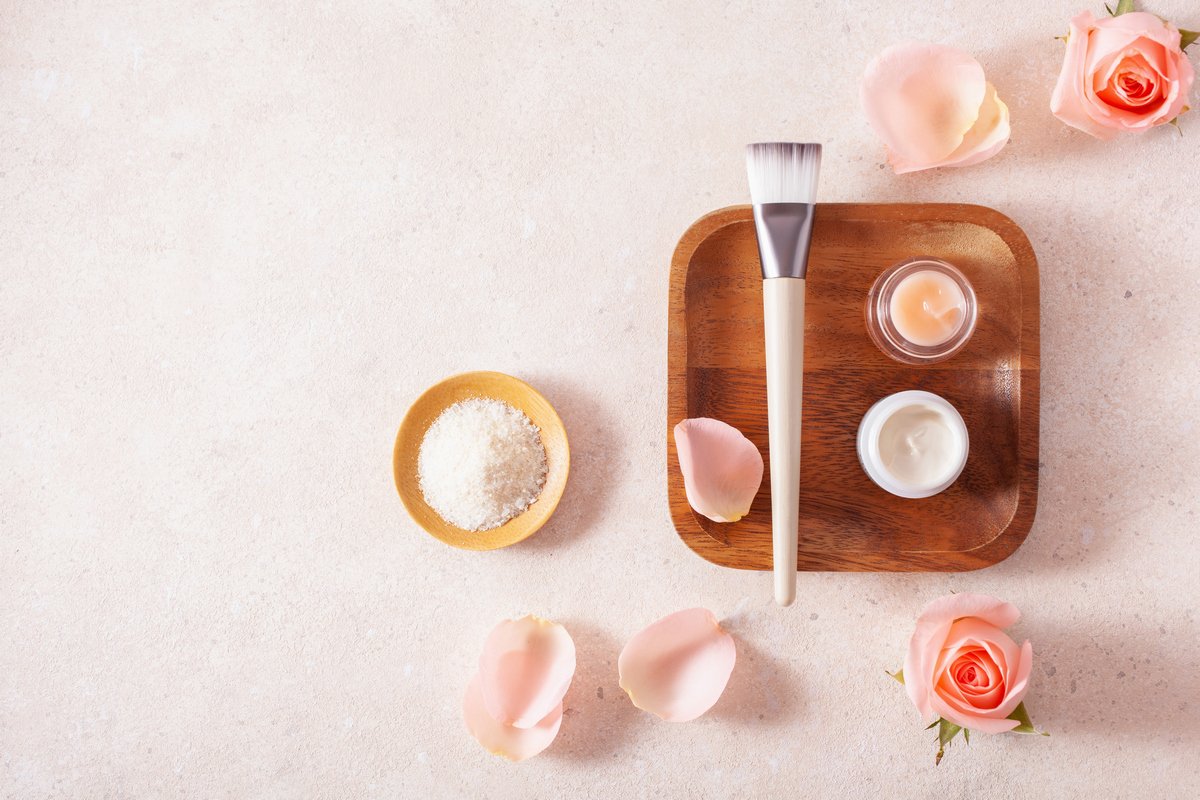
- At-Home Manicures and Pedicures: Nail salons closed during lockdowns, so people invested in at-home nail care tools. Simple nail designs, nude or pastel colors, and DIY gel kits became popular, leading to a focus on natural, well-groomed nails.
- Home Spa Days: Self-care routines became a form of stress relief, with many creating home “spa days.” Australians experimented with sheet masks, jade rollers, and facial steamers for at-home facials, promoting a sense of relaxation and wellness.
- Eyebrow and Eyelash Care: Eyebrow grooming kits, eyelash serums, and at-home lash lifts became common. As a result, Australians focused on fuller, natural brows and lashes, enhancing their natural beauty with products designed for growth and conditioning.
5. Influence of Zoom and Video Calls on Beauty
- Video-Ready Makeup: With Zoom calls becoming the new normal, beauty routines adapted to look flattering on camera. Subtle blush, light bronzer, and mascara became staples for a fresh look that translated well on screen, while brightening products like concealer or highlighter helped people look more awake on camera.
- Blue Light Skincare: With increased screen time, skincare products claiming to protect against blue light from screens gained popularity. Serums and moisturizers with antioxidants or blue light filters were marketed to address potential skin concerns linked to prolonged screen exposure.
- Under-Eye Focus: The area around the eyes received more attention, as masks and video calls emphasized this region. Under-eye concealers, eye creams, and hydrating eye masks became essentials, helping to reduce puffiness and brighten the eye area.
6. Shift Toward Sustainable and Ethical Beauty Choices
- Clean and Natural Ingredients: Australians became more conscious of clean beauty, choosing products with natural ingredients and fewer chemicals. Brands that emphasized eco-friendly and non-toxic ingredients saw increased interest, aligning with a move toward sustainability.
- Support for Local and Sustainable Brands: The pandemic highlighted the importance of supporting local businesses. Australian beauty brands like Sukin, Go-To Skincare, and Aesop gained popularity for their sustainable practices, cruelty-free formulas, and Australian-sourced ingredients.
- Minimalist Packaging and Refillable Options: Sustainable packaging became more desirable, with a growing demand for refillable products, recyclable packaging, and brands that minimized waste, aligning with consumer interest in reducing environmental impact.
7. Hair Accessories and Minimal Styling for Video Calls
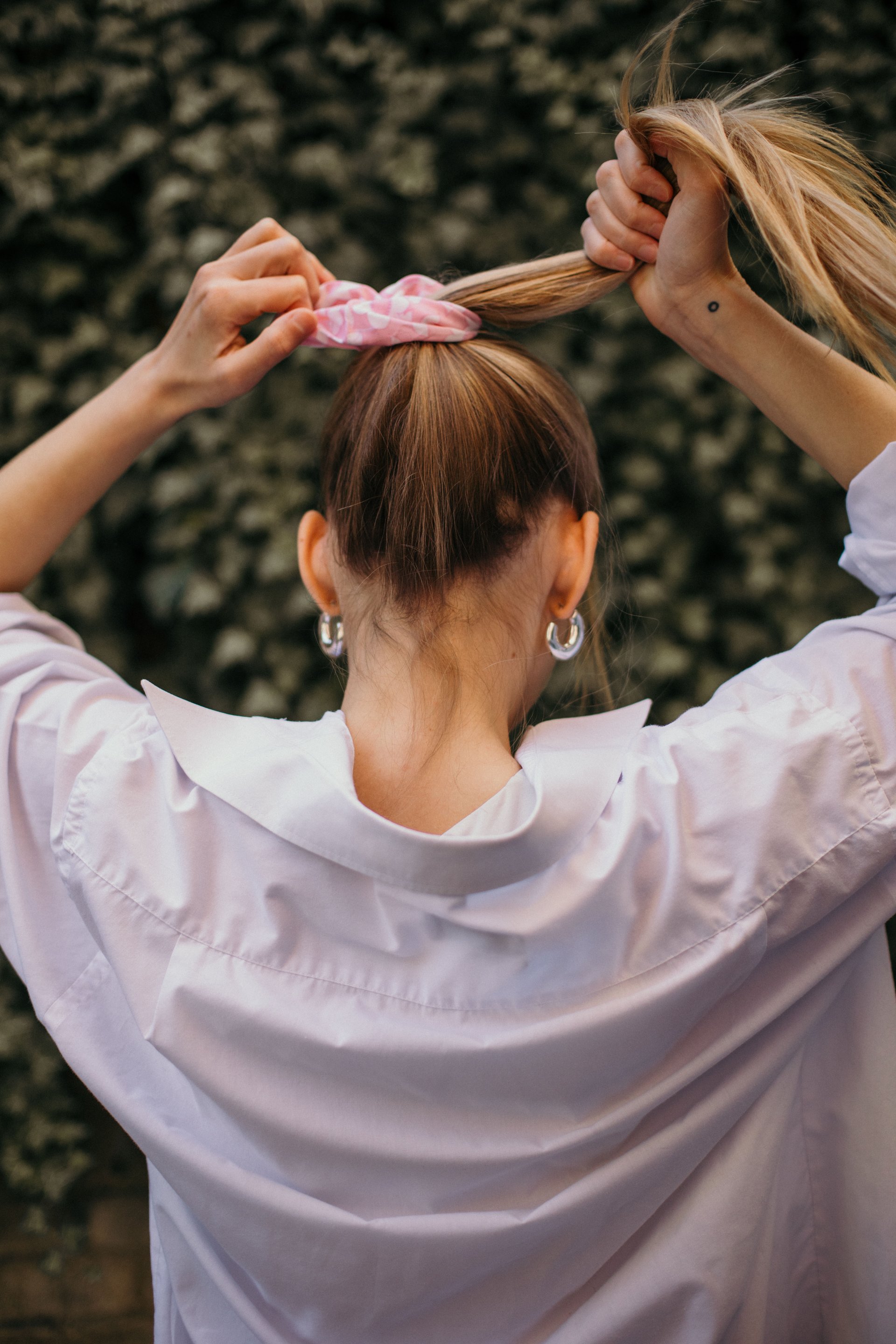
- Functional Hair Accessories: Headbands, scrunchies, and claw clips saw a resurgence as people looked for easy ways to keep hair out of their face for Zoom calls. These accessories also added a touch of style without needing a complex hairstyle.
- Effortless, Air-Dried Styles: Air-dried looks became popular, as they required minimal effort and kept hair healthy. Texturizing sprays and leave-in conditioners allowed for natural waves and curls, while heat-free styling became the go-to for a more natural, “undone” appearance.
8. Post-Lockdown “Glow-Up” and Expressive Styles
- Return to Bold Looks: As lockdowns eased, people began experimenting with bold makeup and hair styles. Cosmetics including bright lipstick, colourful eyeshadows, and dramatic eyeliner made a comeback as Australians sought a creative outlet and returned to social events.
- Hair Color Experimentation: Vibrant colours, such as pastel pinks, purples, and blues, gained popularity as a form of self-expression. Temporary dyes allowed for creative experimentation without a long-term commitment, making it easy for Australians to try new styles as they ventured out more.
- Focus on Hair Health: Post-lockdown, people prioritised hair health with products designed to repair damage from at-home treatments or minimal care routines. This led to an increase in professional conditioning treatments and products that restore and nourish hair.
Post-pandemic Beauty Boom Relaxed and Sustainable
The COVID-19 pandemic influenced Australian beauty and hair trends by fostering an appreciation for natural beauty, personal care, and simplicity. As the shift to remote work blurred the lines between home and professional life, Australians embraced more relaxed and sustainable routines that reflect a balance of practicality, wellness, and self-expression.

